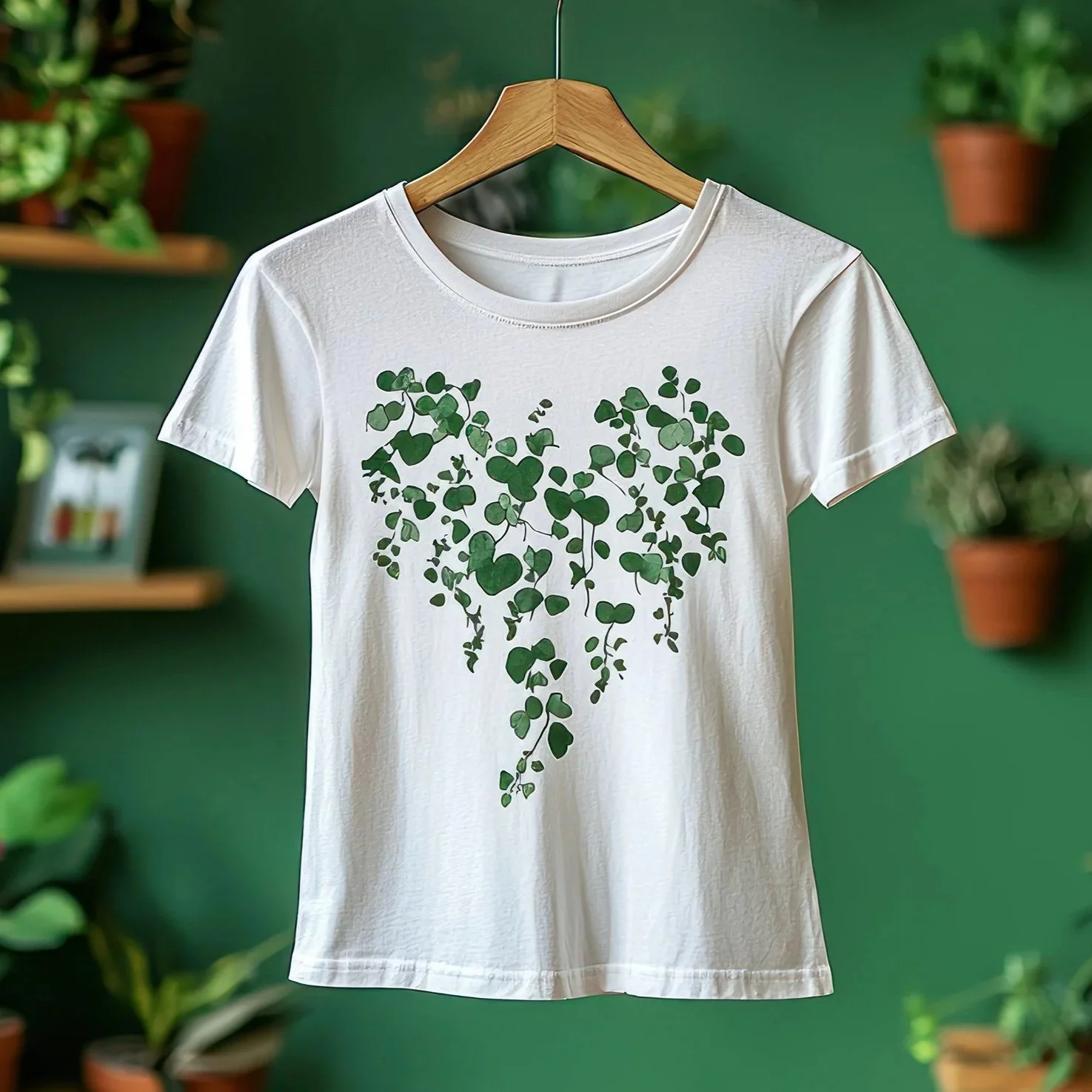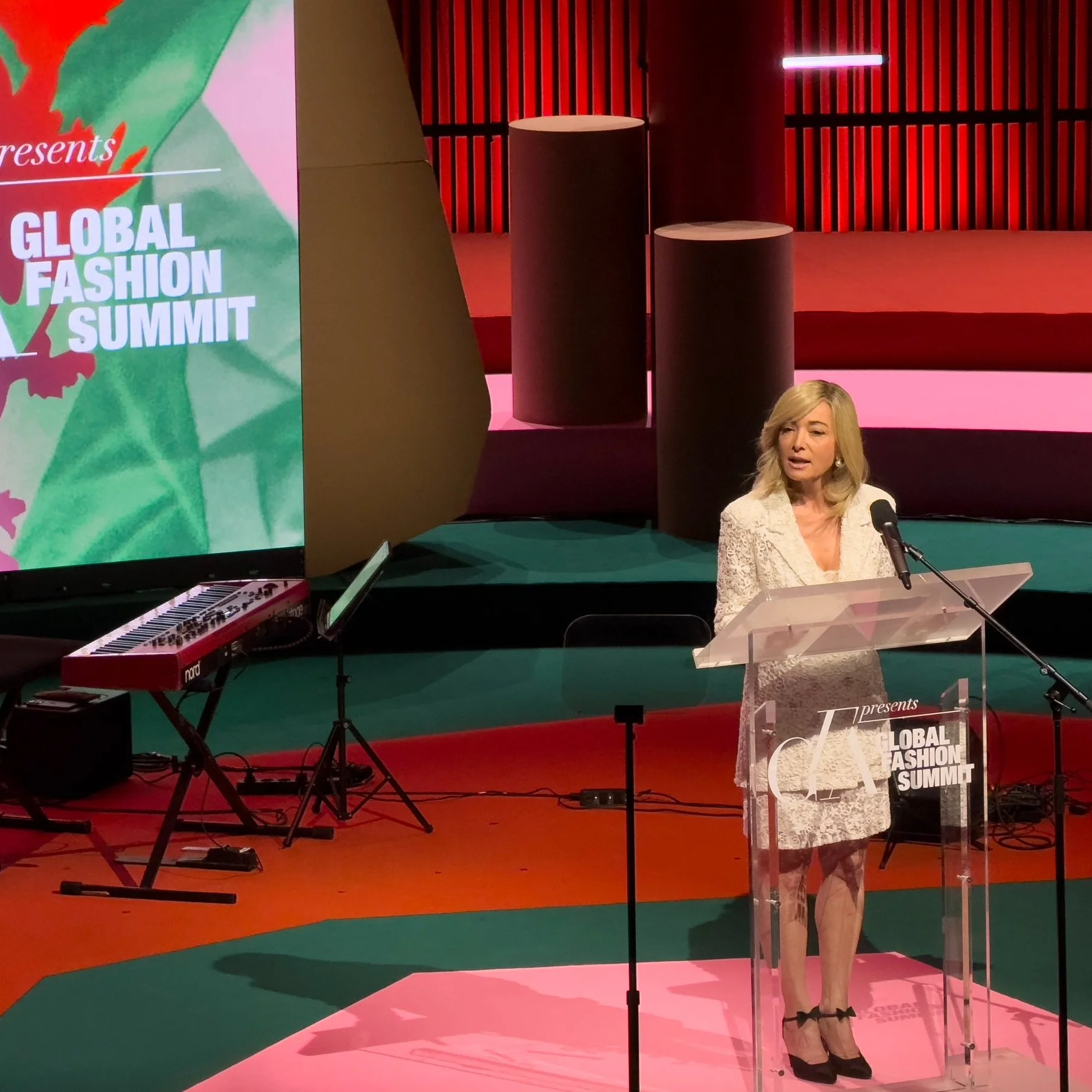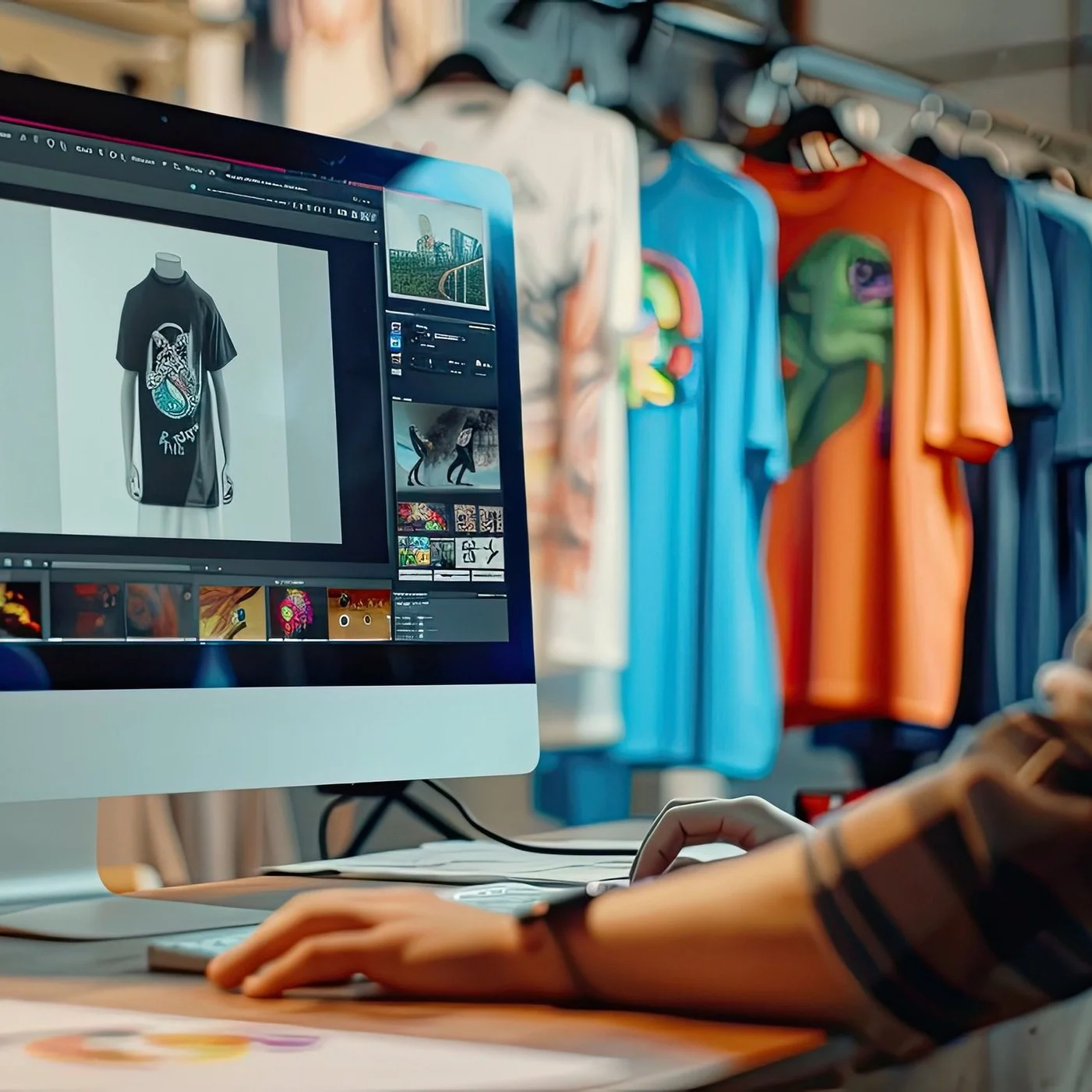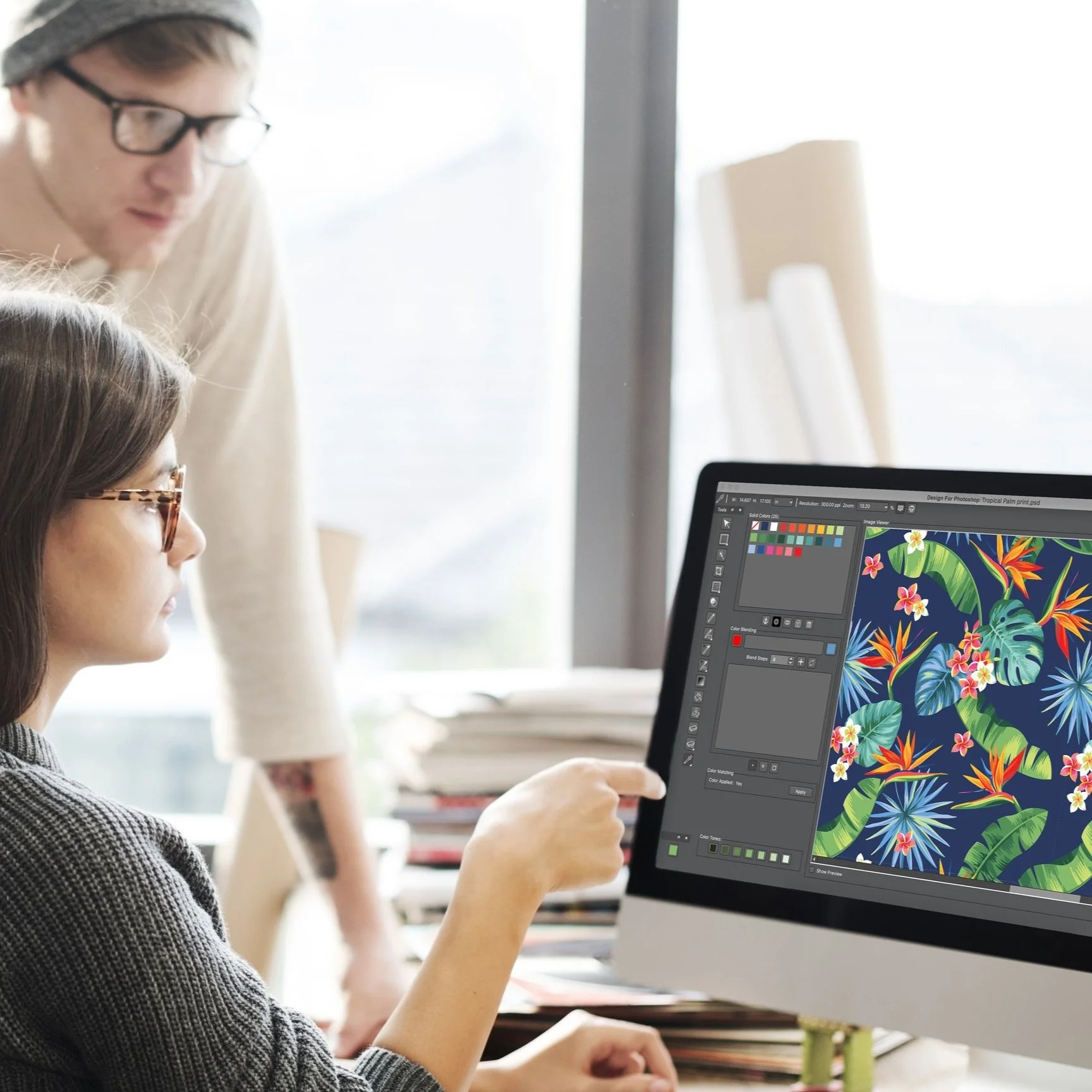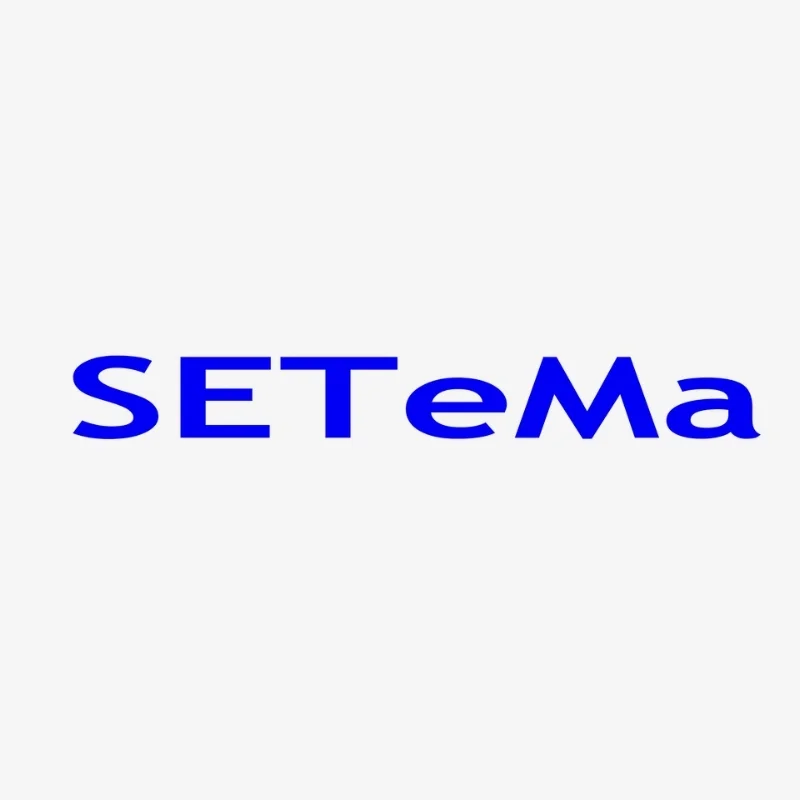CONNECTING THE DOTS - POWERFUL PRINT ON DEMAND SOLUTIONS FOR ECOMMERCE FULFILMENT

“By acquiring Custom Gateway, we double down on our commitment to creating efficiencies, scalability, sustainability, and new opportunity for fulfillers and brands in the e-commerce age. Expanding our model of eliminating waste to the complete end-to-end production process” - RONEN SAMUEL | KORNIT DIGITAL
The accelerated growth of ecommerce in the current pandemic has further enhanced commercial opportunities for reactive on demand retailing.
Bricks and mortar destination retailers have seen their turnovers decimated whilst cut off from their physical revenue streams during the global lockdown. Each must now rethink the offline/online business model (and at great speed) to retain market share and to service a new era of post covid retail.
For those companies which already had a strong ecommerce identity - the story is very different - the corona virus has presented an unexpected opportunity. The acceleration of online sales during the corona pandemic is unprecedented - in the first 6 months of the pandemic online sales growth advanced 10 years (source: Mckinsey and co.).
Opportunity also presents a new series of challenges.
The consumer has changed, shopping online was once the preferred route to source discounted products hence the “Black Friday” phenomena. But - over the years ecommerce has continually thrived to encompass more than 20% of total sales for the apparel industry and alongside this a new industry sector has emerged – Print on Demand.
In a post Covid world online is the new high street and at full market value. This accelerated growth now delivers an opportunistic paradigm as consumers will continue to choose to shop in a secure and safe environment – their own homes!
But that’s not the end of the dilemma – The consumer has also evolved
Customisation and Personalisation are the new normal. Which presents a whole host of operational challenges for the manufacturer. Creating unique products at speed must be automated, it simply isn’t cost effective to use manual process, nor can such speedy deliveries be managed, produced and delivered in such a short time frame without the use of technology.
The Direct to Garment sector has shown continuous growth and prosperity, as printing technology has advanced the digital textile marketplace has flourished spawning a new industry now valued at $3.4 billion with an CAGR of 9.6% [source: Grand View Research].
Digital - direct to garment technologies enable print on demand across multiple products – not just T-shirts. The decoration market includes sportswear, athleisure, childrenswear, accessories, promotional items, and homeware. Pre-sewn garments or blank products that are customized and personalised only after the point of sale. To do so at any scale, large or small, requires a transparent, efficient workflow that can control the manufacturers supply chain, inventory and fulfilment automatically. But that’s not all – The consumer also wants to be part of the design process. Image manipulation and validation using 2D and 3D visualisation is now an inherent part of the process. Transferring all of this information electronically is the only viable solution.
The future of digital printing technology must therefore also offer its stakeholders a seamless suite of software that can control and or connect to 3rd party applications – the data within each and every transaction holds the intrinsic value of the sale – and is critical to successful print on demand.
Simplifying the workflow enables scaleable ecommerce alongside profitable customised production and fulfilment.
Kornit Digital have carved a strong leadership in the DTG marketplace with a suite of digital print technologies that serve both small and large-scale production onto both natural and synthetic textiles. Primed for the future of sustainable textile production all offerings use eco-friendly ink technology and offer a clean, energy efficient and importantly - future safe print solutions.
Offering print technology as we have discussed is only part of the challenge – the manufacturing industry needs an end to end solution.
The recent Kornit acquisition of the UK based software company Custom Gateway further enhances the Kornit portfolio and their commitment to deliver a seamless printing solution.
Ronen Samuel, Kornit CEO commented:
“They say fortune favours the bold, and we’ve long promised our customers and investors Kornit would do what was necessary to stay on the cutting edge of innovation in on-demand production. By acquiring Custom Gateway, we double down on our commitment to creating efficiencies, scalability, sustainability, and new opportunity for fulfillers and brands in the e-commerce age. Expanding our model of eliminating waste to the complete end-to-end production process, this brings us one step closer to our mutual vision of digital transformation in fashion and other decorated textiles.”
Custom Gateway seamlessly transfers the sale and the products DNA in a digital format for onward production and distribution.
Andrew Talbot, Founder of Custom Gateway commented: “We’re excited about bringing these two creative cultures together and know from experience Kornit and Custom Gateway are built upon a common vision. Together, we will provide global brands optimal control of their business, ensuring swift, socially responsible fulfilment, and in a profitable model that produces and ships orders in real time, without excess inventory or labour.’
The ongoing shift in consumer behaviour and the demand for sustainable production will continue to accelerate the growth of ecommerce. Manufacturing technologies, software and collaborative innovations are transforming the retail space, online and offline at pace.



